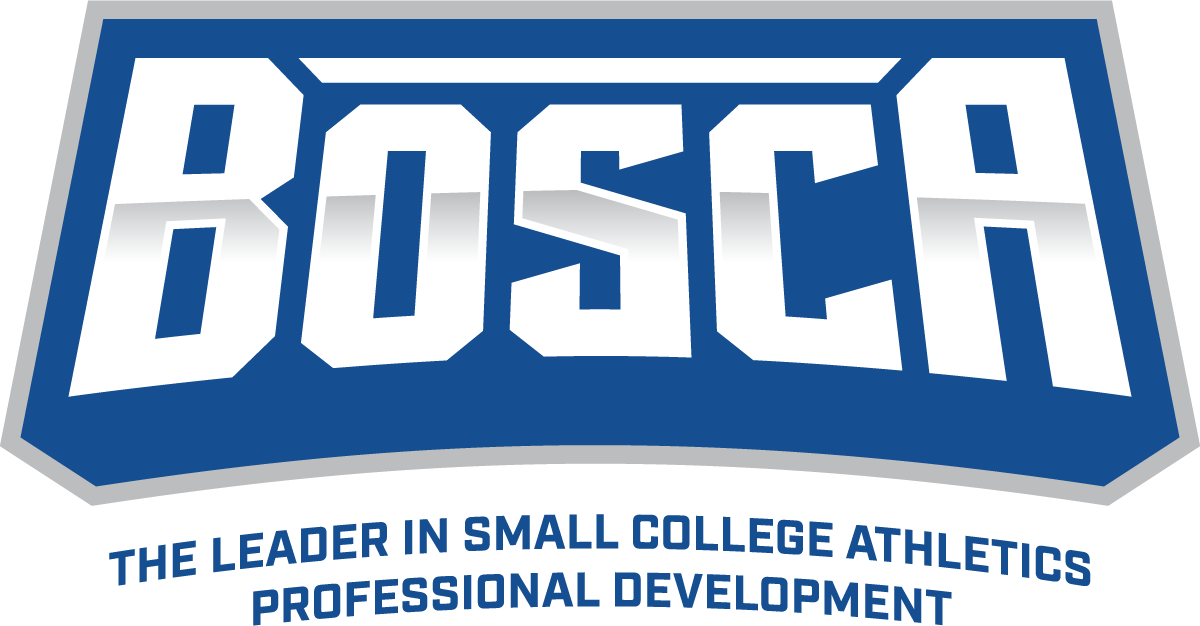Always Cultivate Your C.R.O.P.
Submitted by Tim McMurray, Athletic Director - Texas A&M Commerce
In the interest of this blog’s integrity, I have no
actual background in farming (beyond watching John Cougar Mellencamp host the
Farm Aid rock concert in September of 1985, but I digress). It is, however, a profound blessing to have
a background in intercollegiate athletics.
It is also a privilege to have worked at all levels of NCAA Division I
athletics and now to serve as director of athletics at the Division II
level. In my third year leading Texas
A&M University-Commerce Athletics, I have truly come to embrace and
advocate for the Division II model. When
administered and supported correctly, it is THE model for a true and pure
student-athlete centered experience.
Being the model does not happen if you are not
effectively cultivating four key elements of your department – whether you have
1,200 students or 12,000 students. Hence,
the C.R.O.P. acronym is not related to farming, as that would lack credibility
coming from meJ. It represents four non-negotiable pillars for
any successful athletics administrator at the small college level. While we could go much deeper on each of
these, spending too much time on this would take away from our mission-centered
role of serving student-athletes.
When Jim Abbott - my friend for almost 25 years – asked
me to join him in this blog, I was humbled and honored. Jim and I both are passionate about
professional development, continuous improvement, and paying it forward. As we began brainstorming and shaping our
structure, we became even more invigorated.
He and I are going to alternate the first few entries, which will focus
on the four tenants of C.R.O.P listed below, and then we will add additional
pearls of wisdom from friends and colleagues around the nation that are
committed to the same professional development paradigms mentioned above. Enjoy!
C ulture
If you march in your office tomorrow and proclaim, “…we are going to have a great culture today!”, then you will probably not be received very sincerely. A culture is established by mission-committed people who passionately believe in a shared vision and work tirelessly towards its fruition, but it does not happen instantly or overnight. A practical example of this is your department’s strategic planning process. Is it generated in the AD’s office only or among the executive leadership, or does it involve coaches, student-athletes, assistant coaches and directors, graduate assistants, etc.? An inclusive culture is often an effective culture.
R esources
This is not just about having the biggest budget or raising the most money, but an effective approach to resources should focus on two key principles – efficient management of the resources that you have and maximizing opportunities to generate more of them. The management piece means looking at all areas of expenses. One practical example of this is a recent audit we performed of our data systems in our department relative to compliance functions overlapping with student-athlete communication and forms. We were using five different systems, and we are in the process of reducing that to only two that can free up resources to invest directly back in our sports programs and student-athlete experience.
O pportunities
Every effective president or AD I have served under has had at least one common trait – always looking to advance our institution/program and progressively move the needle. We have done that in two key areas that we believe set us apart in serving our student-athletes. We have an outstanding apparel, branding, and institutional engagement partnership with Under Armour, and we are consistently expanding and exploring opportunities to be a national leader in that space. The other area is our Student-Athlete Performance Team. Our SAPT is the brainchild of Judy Sackfield, our Deputy Athletics Director for Student-Athlete Success. Judy is a ferocious student-athlete advocate and has assembled a team of athletics and campus professionals committed to serving all areas of student-athlete well-being. It exemplifies maximizing opportunity!
P eople
It is really simple – you win with people. I believe profoundly in this sentiment and embrace this paradigm without conviction. I also try to live by Maya Angelou’s infamous quote that “…People don’t care how much you know until they know how much you care…” Frankly, I refuse to puff my chest about specific examples on this one, because that can border on disingenuous. I will say that any of our coaches or administrators – head, assistant, GA, or volunteer – know they can call, text, email, or reach out in any suitable form. They also know I want to know how they are balancing their time away from their office. It is why I have 15 minute individual meetings with our staff at least once each year. We review five goals (three professional, one professional development, one personal). It allowed me to learn I am privileged to serve alongside writers, bikers, marathon runners, amateur botanists, and a whole host of other special interests and talents that I may have never uncovered.
Again, you win with PEOPLE
.
Athletic administrators at every level deal with a myriad
of issues. Some issues are unavoidable
and will naturally impact your ability to be productive. My advice is to take a proactive and
strategic approach toward how your department runs. Engage your department in the plan and ask
them to spend time daily cultivating your CROP.


